As before, moved the house in Moscow
Categories: Design and Architecture | History
By Pictolic https://pictolic.com/article/as-before-moved-the-house-in-moscow.htmlAbout shifting architectural structures we know a lot. Including distant prehistory, when in 1455 Aristotle Fioravanti moved the bell tower of the Church of Santa Maria Majore with all the bells more than 10 meters. And of the history of the Patriotic war, when in 1812 in Morshansk local craftsman Dmitry Petrov moved the wooden Church. In 1898 engineer I. M. F. held a moving two-story brick house on Kalanchevke in Moscow. In 1899 during the construction of the Church on Malaya Gruzinskaya street engineer Rosten moved two small houses.
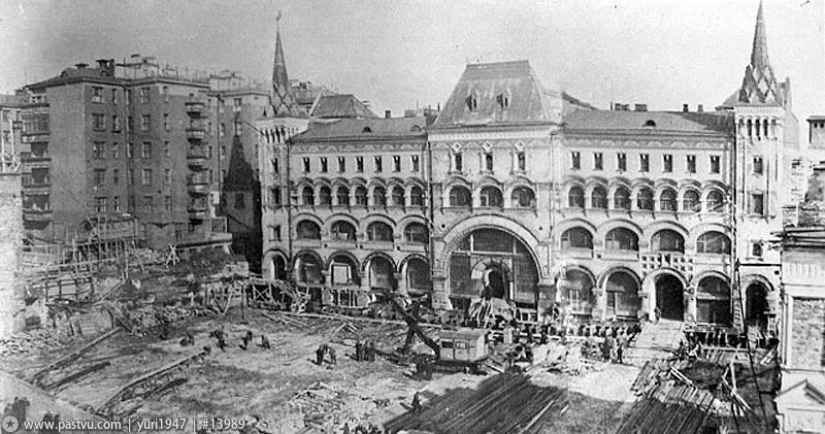
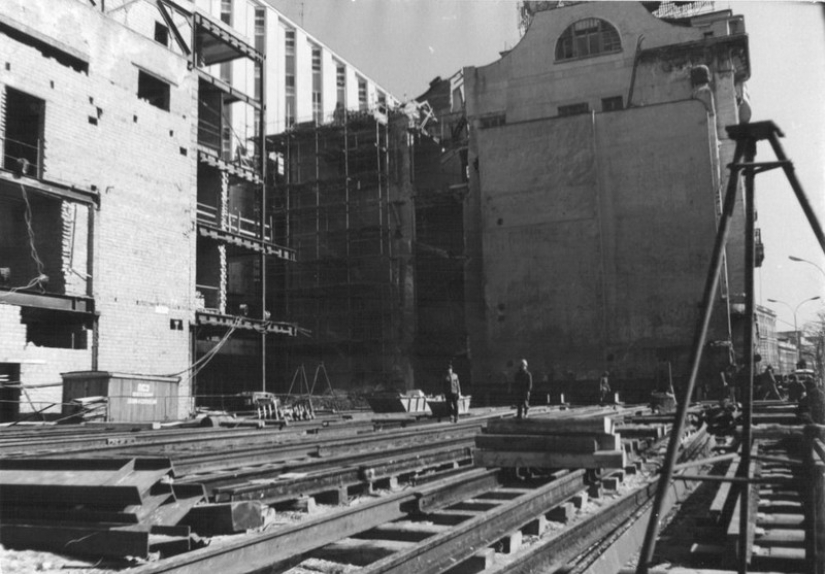
Yet the relocation of houses in pre-revolutionary time not widely received. This practice was resumed later, when in 1934, engineer Kirlin moved in Makeyevka two-storey stone building mail weighing 1300 tons. Previously he had done a pilot shifting a small one-story house and weighing 70 tons. A year later at the mine in Krivoy Rog moved residential building with a weight of 1500 tons at a distance of 240 m.
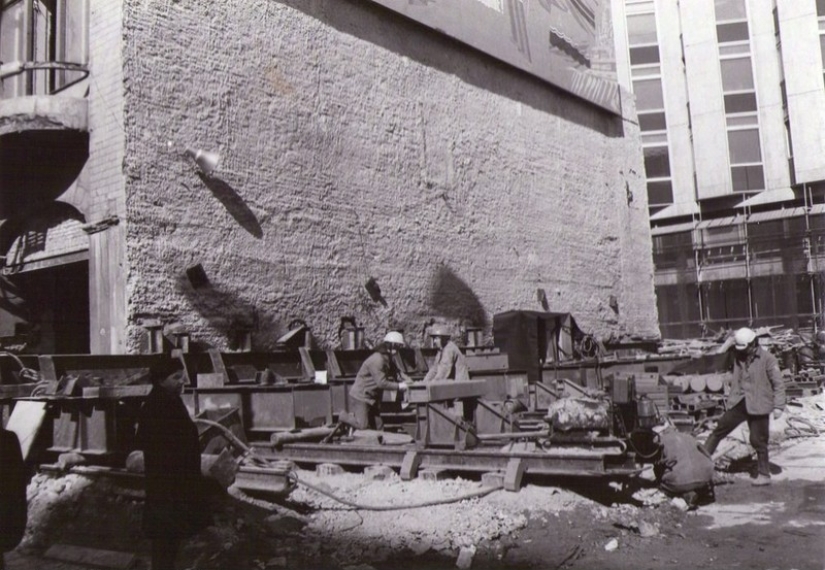
The building decided to move, based on the American experience and their own development of Osip Markovic, known in the history of technology as a "method of shifting Yanukovych". The building was exempt from furnishing, dismantled the furnace, and then cut off the Foundation, and using horse traction all the construction (13 to 21 meters, weighing 1,840 tons) for a few days moved 100 meters West of the original place on the new Foundation.
A major obstacle when carrying is in the path of the ditch. Ditch this I had to fall asleep, which took a lot of effort, since it was necessary to bring the covered area in such a state that she could not go under pressure of gravity home up to 100 000 pounds. Work to move the house about 100 people, and appropriated for this object 4000 p. When the house was ferried to his place, he will be lifted and placed on a prepared Foundation.
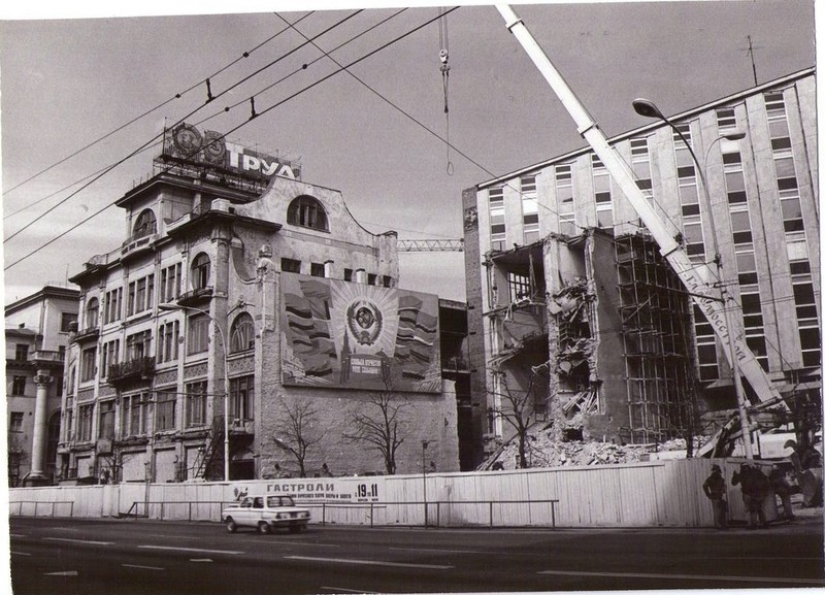
This relocation brought glory not only to Yanukovych, but made a enterprise is Mak-Gil. Earnings Evgenia spent on charity.
Shifting place in the winter, and jacks filled with cheap denatured alcohol, whose freezing point is quite low. As you know, the construction of the canal and waterworks prisoners worked, not only political, but also criminals. The first night, despite the heavy security and strict regime, denatured alcohol leaked from all jacks. Had to fill them with expensive glycerin. The first stage of the new office was successful, and it was transformed into a Trust for the relocation and disassembly of buildings, for a Manager who was appointed I. T. Ivanov.
And the first serious challenge was the relocation of the house № 77 on street Osipenko (now Sadovnicheskaya street) on the corner with lower Krasnokholmskaya. It was G-shaped in plan building leg which was in the middle of the Congress of the new Krasnokholmsky bridge. It was decided to split the house into two parts. Short to leave the place, and a long (88 m) to move and deploy at 19 degrees. The building was new, built in 1929, but its rigidity leaves much to be desired; besides, the building itself stood on marshy ground, in the former floodplain of the river. Nevertheless, the main engineer of M. C. Handel has decided to move house.
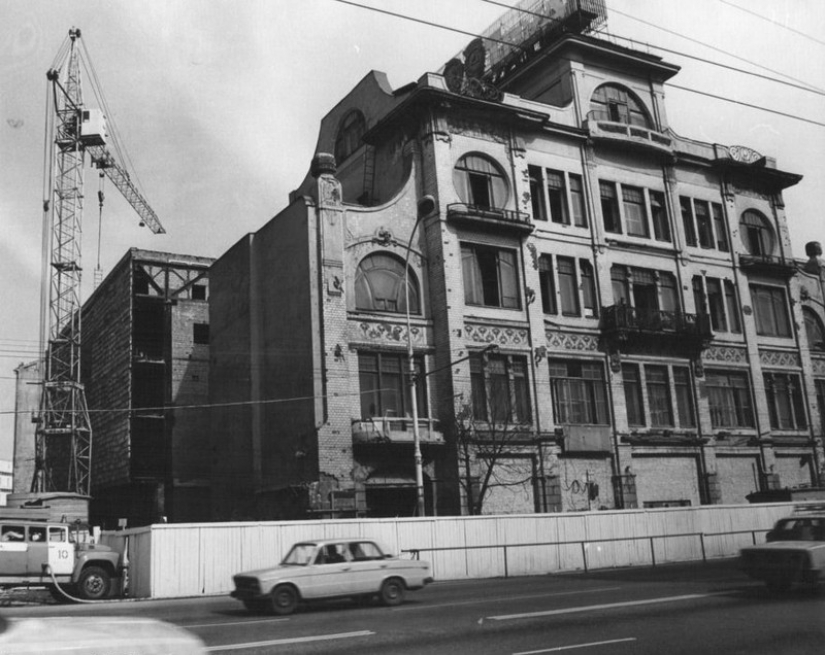
Head of the Department, which commissioned the work, an experienced practical engineer, wrote a memo to the housing authority of the Moscow Soviet, in which he called the relocation in such conditions is a gamble. But Handel was on his, other experts supported him, and the head area had to resign. The house was moved without relocation of people; worked all engineering systems of the building: electricity, water, Sewerage, telephone. The relocation was successful. A similar situation exists in the construction of the Stone bridge — prevented the house № 5/6 on the street Serafimovicha, the one immortalized in the poem by A. Barto. The conditions, however, was better, although the soil is also unreliable, but the house was built soundly.
The difficulty was that all the previous house was several times easier than building Savvinskaya farmstead, weighing about 23 tons. And perhaps the most critical circumstance was the fact that in America by the mid-1930s, the largest displaced building 8-storey telephone exchange in Indianapolis, weighing "only" 11 tons. How can we not take this opportunity to outdo America. Nikita has approved the initiative and even personally visited the planned relocation of the house. He put forward only one condition: the ending work in March 1938, Time was running out. And the next day began preparations that lasted more than four months. In the basement pounding jackhammers. At the cut house with a basement was broken, "track", which brought a powerful dvuhtumbovye beams are subsequently welded together. Thus, the house was in a sturdy steel frame.
Not far from the house of Ikonnikovii is possession of No. 77, where it was more difficult moving house. Article from the book "House moved" 1998 edition: "...Everything in life is relative, and even property can be movable. The house began to move more than 500 years ago. To date, Moscow moved almost 70 houses of different weights and shapes. One of the first motions and the complex was finished in the summer of 1938 on Sadovnichesky island. Long apartment building stood across the route of building a new Krasnokholmsky bridge. It was decided to saw off part of the house and move, expanding it (part) parallel to the highway bridge under construction".
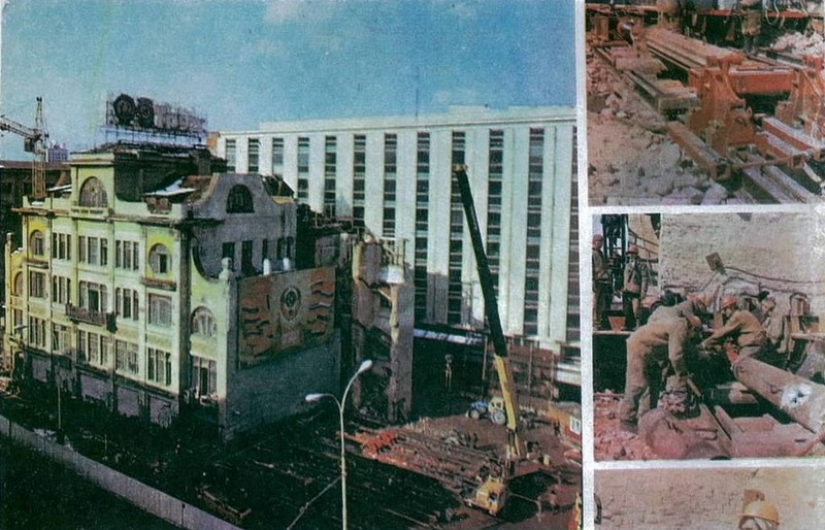
It's hard to imagine now. People live in the house, and every day he goes somewhere, fantastic! 1959.
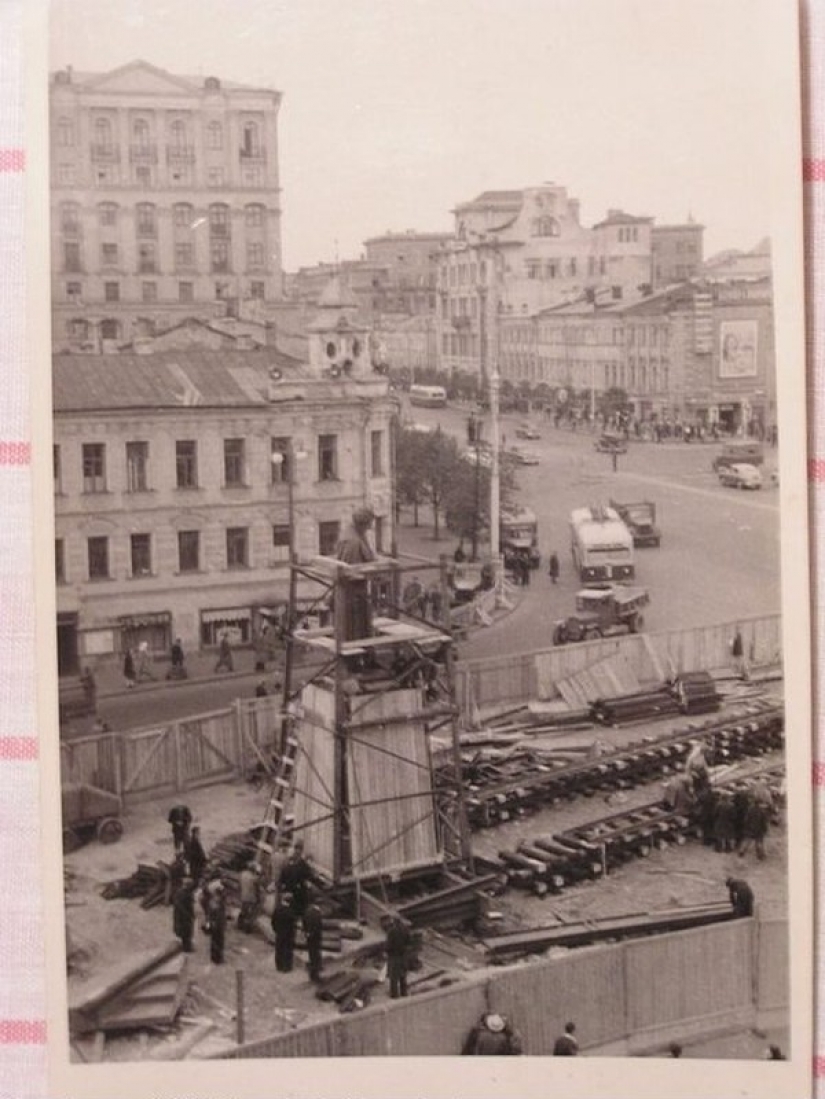
House No. 77 with a length of 88 metres in Sadovnicheskaya street was built in 1929. In 1937, in connection with the reconstruction of bridges of Moscow, it was decided that half of the house (with a length of 44 meters and a weight of 8500 tons) to cut and move at an angle of 19 degrees on new foundations. For 37 railway house without eviction of residents within a week moved. Because of the fragility of island foundations trolley left in the basement, not removing them after the operation.
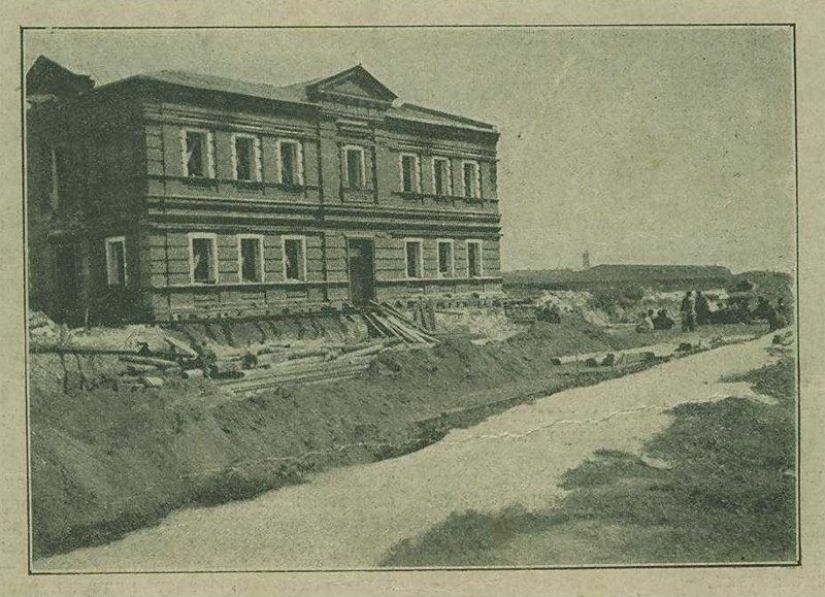
The relocation is done. You see here a home at the new place. After 103 hours the right wing of the building was moved to the 53 m 19 cm, left — 33 m 72 see "Transition" is completed well. Observers are not found in the home, no deformation.
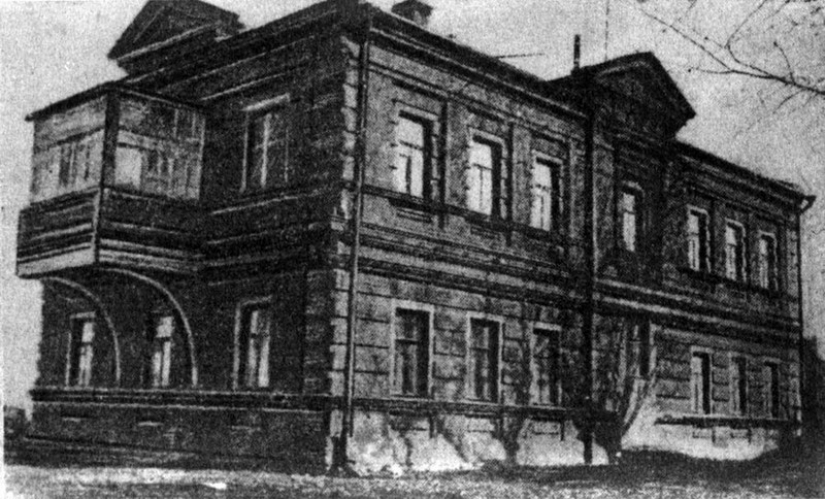
Shifting Savvinskaya monastery on the Tverskaya street (Gorky street) (ex. 24, now in the yard 6).
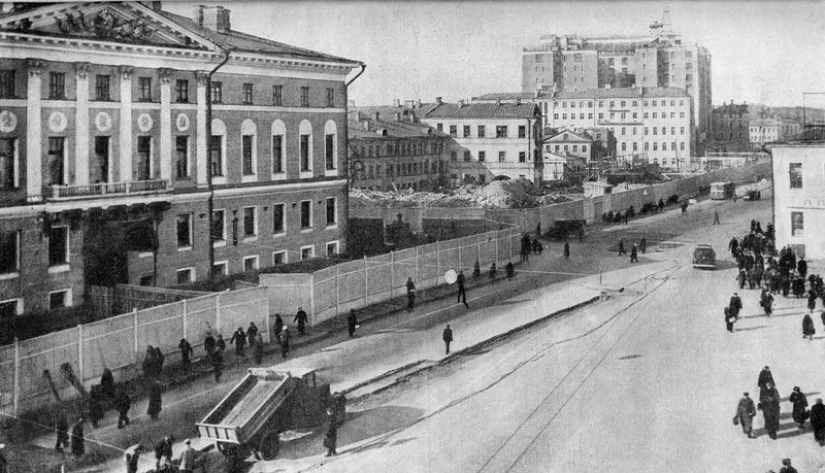
On the other hand
It should be noted that this home did not carry. When I built the house, and it was built on a marshy swamp, covered with sand, there was a lot of trouble. Did not have time to lay the Foundation, as he began to settle and fail. Scored powerful piles, have brought in many cubic meters of earth, but then the construction was a big adventure.
— In the basement of the building, between the building and the Foundation, is still preserved a powerful metal frame, on which the house moved, — says Alexey Mordashov, a civil engineer from the Institute of advanced training of civil servants. — Represent, how much metal did not regret then, in 30-e years when it was extremely necessary to the country! The frame was put on rollers and concreted area moved house to a new location. The tenants were not evicted.
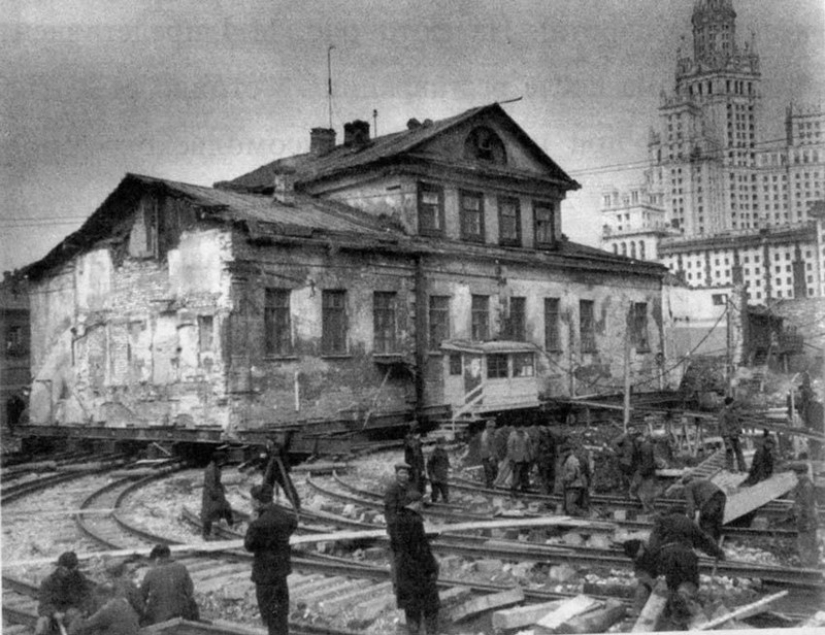
At the base of the house is still walled-up trolley on which he rode to the house 150 meters to the side.
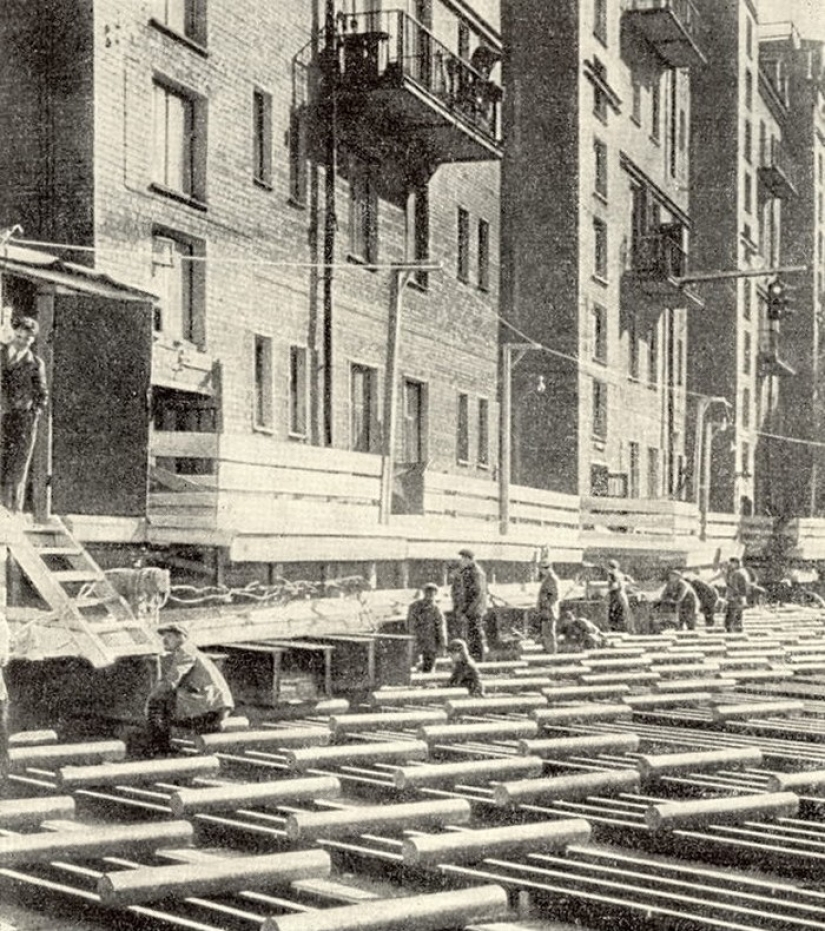
The City Council Building. It not only moved deeper into the quarter, but also to build on. Here now city hall.
Stakhanov method applied to the motions of buildings, without taking into consideration the technical features. But in the case of the Moscow city Council this method was the most dangerous. The old building designed by M. F. Kazakov, was put "rest", that is, in the form of the letter P, and the load on the front of the building when traffic is unevenly distributed. In addition, the house had a large double-height hall, that is a huge space with no hard partitions, and in case of any imbalance can be folded like a house of cards, and together with people.

Careful, the Americans used to shifting even simple buildings manual mechanisms, at least the horses and moved the house with a little speed. Our engineers, of course, anticipating all possible consequences, could not object to the party leadership, but still have taken some measures at least a little to protect yourself from accidents. The main traction force was two winches. At the initial stage helped them 25 jacks. The speed of rotation of the drums of the winches was regulated, and it can be easy to reduce. In addition to the many telephone sockets, which was easy to connect (cellphones hadn't been invented yet), on the whole route there were dozens of emergency buttons that allow you to instantly stop the relocation. The work involved was the whole engineering team of the trust. With a huge crowd of people, the building was moved to 13.65 m in 41 minutes. The record was set. However, the walls and ceilings of any deformation, cracks. Later, when the superstructure and reconstruction, had to be incorporated into the building 24 metal columns.
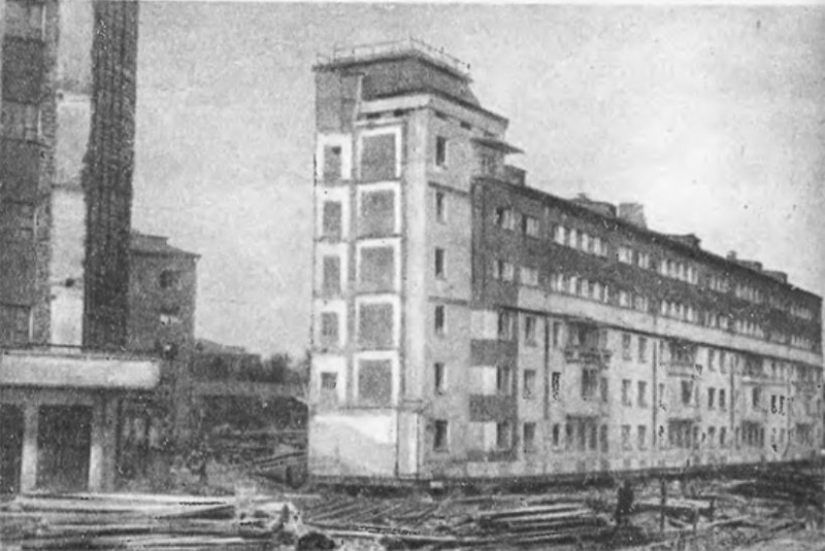
Before the war, moved 22 stone buildings and several dozen hardwood. In the postwar period the system of values has changed. Even historical monuments were declared "inferior construction" and allowed under the bulldozer or burned. Nevertheless, in stagnant times, there have been several motions, including a unique. Among them, the relocation of the house number 24 on Lyusinovskaya street. In fact, under this number there were several buildings. It wasn't so heavy "monsters" as the center of the city. But one of the buildings was built on more ancient vaulted chamber, almost buried in the ground. Decided also move. I had to tear deep trench the entire length of the relocation is 42 meters. The work lasted for several months.
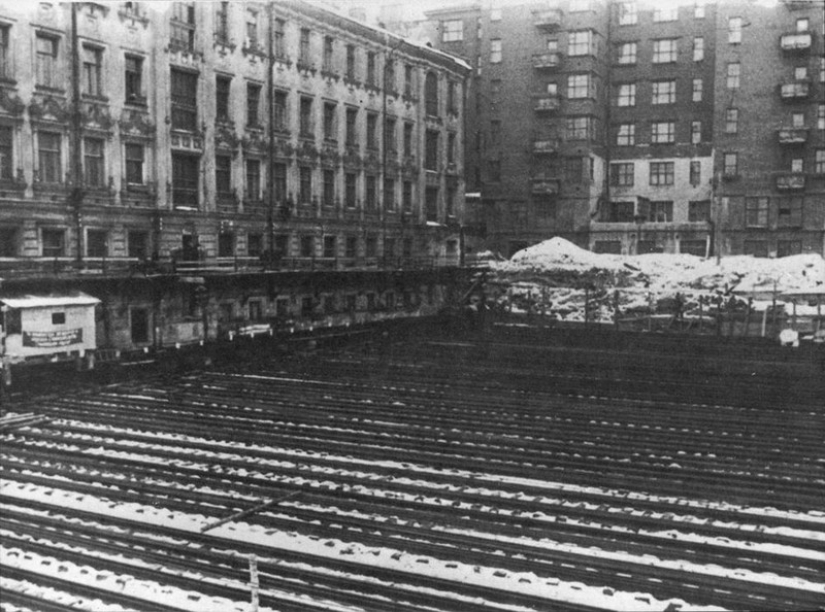
Stood at Pushkin house, not bothering anyone. But in ' 79 he decided to move.
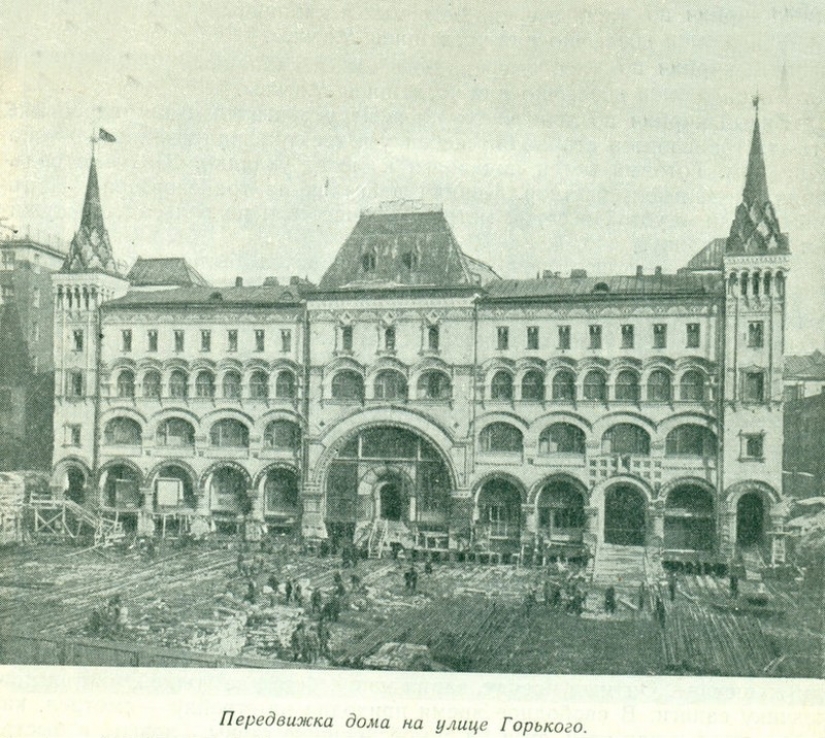
33 small meters, the building has overcome for three days and joined the then newly built conference hall of the newspaper "Izvestia". On Pushkin square near the subway entrance immediately became freer. 1979.
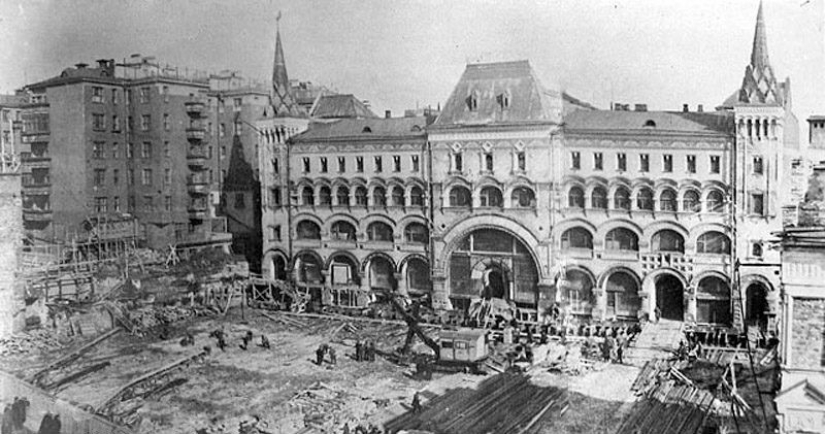
In addition to the houses moved and monuments. Here in 1950 and coming to a new place Pushkin.
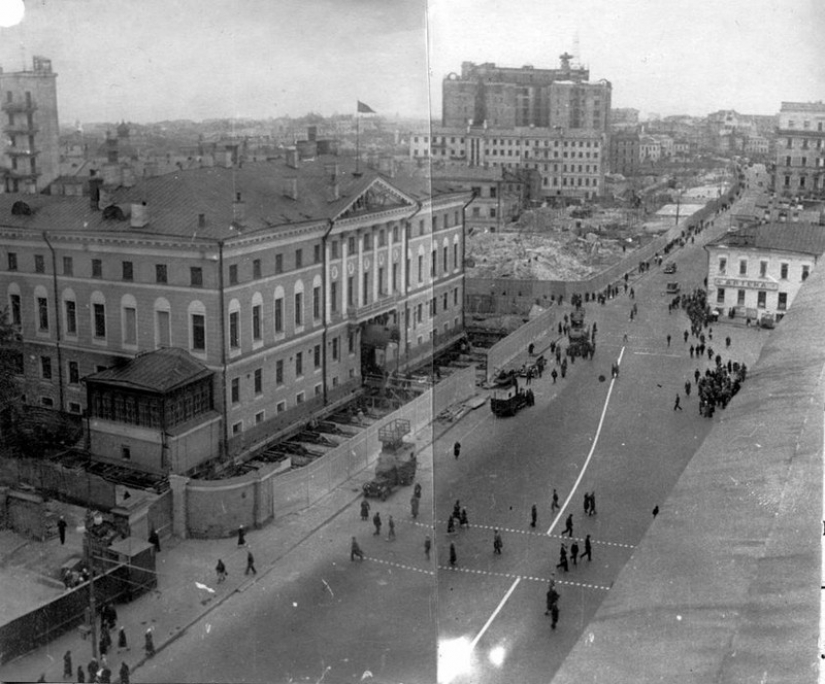
"He was seized with anxiety, hunting to change of places (rather a painful property, few a voluntary cross)" (A. S. Pushkin, "Eugene Onegin").
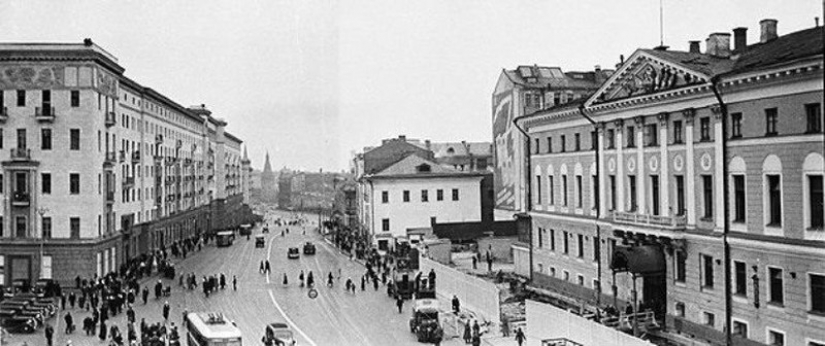
At the new place
"All the technology that came up with our engineers now are actively used abroad," — said the Director of the information Agency "Architect" Ekaterina Chugunova. For example, the Germans are not afraid to move to the new location of the old Church. At home development that were formed over decades, is not used, the building is easier to demolish and build "the same", instead of gently "relocate".
A small video about how move house:
Keywords: Movement house | Moscow | Moving
Post News ArticleRecent articles

On the eve of the New Year, a magical atmosphere reigns in every house — everything is hung with shiny tinsel, there is an ...

Motherhood significantly changes a woman's body. But there are more profound changes affecting the nature and Outlook. Reflected in ...
Related articles

It is now the so-called Khrushchevki khayut and threaten to level with the ground. And 50 years ago, these squat houses saved the ...

A resident of Russia has a question "And who will do this for you? Pushkin? " does not cause the slightest surprise. Everyone ...

Russian freelance artist Nikolai Kurganov draws girls. No, he is not inspired by the images of sex bombs and vamp women-the ...

Some people have genetic abnormalities that make their appearance unique. These body features are usually inherited from parents, ...